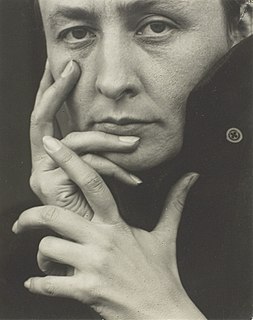Top 277 Quotes & Sayings by Kehinde Wiley
Explore popular quotes and sayings by an American artist Kehinde Wiley.
Last updated on April 14, 2025.
Stained glass is unique from the outside, but as a painting insider, I know that oil painting's all about light. And it's about the depiction of light, the way that it bounces off different types of skin, different landscapes. The mastery of that light is the obsession of most of my painter friends.
During 1989, my mother, who was exceedingly good at finding these free programs - you know, we were on welfare, just trying to get through - but she would find these amazing programs. She sent me to the Soviet Union at the age of 12 to go study in the forest of then-Leningrad with 50 other Soviet kids.
I do think that fist-waving conversations around liberation ideologies are sort of dated - I'm not creating Barbara Kruger moments of self-actualization - what I'm trying to do is create more moments of chaos where we don't really know where we are: to destabilize; where all the rules are suspended temporarily.
The games I'm playing have much more to do with using the language of power and the vocabulary of power to construct new sentences. It's about pointing to empire and control and domination and misogyny and all those social ills in the work, but it's not necessarily taking a position. Oftentimes, it's actually embodying it.
It was an amazing childhood, despite what you might think about black struggle and poor neighbourhoods and the ghetto. My mother was an educated, budding linguist who really inspired us. Some of the leading indicators of success in the world have to do with how many books are in the house when you're a kid.
My style is in the 21st century. If you look at the process, it goes from photography through Photoshop, where certain features are heightened, elements of the photo are diminished. There is no sense of truth when you're looking at the painting or the photo or that moment when the photo was first taken.
























